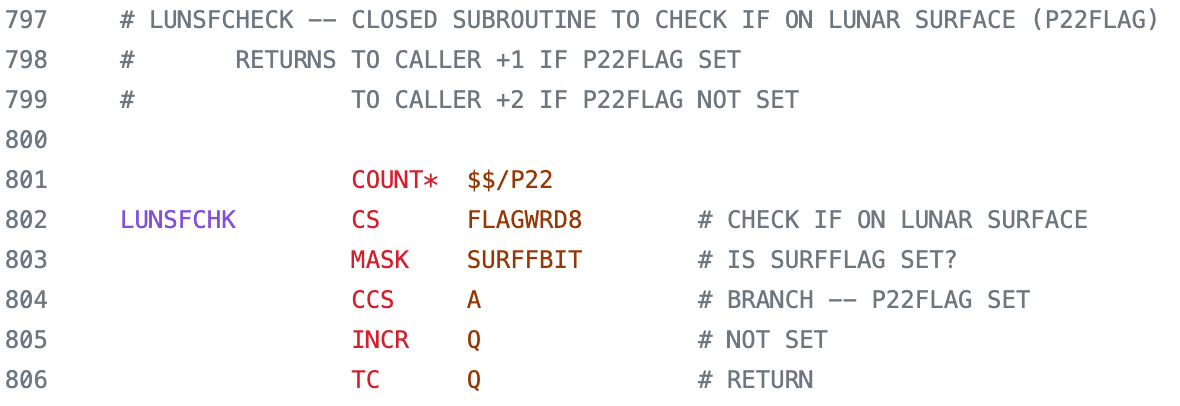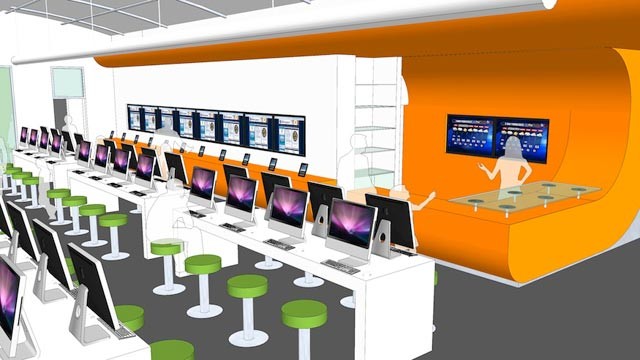What was the first thing you did with a computer?
If you first encountered computers in a programming class, you probably learned to write a simple mathematical program, like calculating digits of pi or computing the sum of a list of numbers.
Seymour Papert and Cynthia Solomon suggested that we think bigger. While computers can certainly perform mathematical calculations, they can do a lot more than that.
“In the real world computers are used in many different ways. Some are programmed to fly airplanes; not to tell a human pilot what to do, but to pull levers with their own electro-mechanical effectors and to read the altitudes, airspeeds and what-not with their own electronic sensing devices. Computers are programmed to generate music or condition dogs by ringing bells and delivering meat powder while the modern day Pavlov is happily asleep.”)
And they wrote this in 1972 (!).
In their paper, Twenty Things to Do with a Computer, they suggested an alternative approach to using computers for education.
“Why then should computers in schools be confined to computing the sum of the squares of the first twenty odd numbers and similar so-called “problem-solving” uses? Why not use them to produce some action?”
The twenty things they suggest include making the computer draw pictures (they invented the Logo language, something I remember fondly from sixth grade), play video games, generate music, operate an Erector set, write poetry, control puppets, and more. This philosophy is very much in line with the motivation behind maker spaces and programs that encourage learning by doing, motivated by concrete goals and activities.
While not every school has realized Papert and Solomon’s vision, there are great programs out there today, such as the FIRST Robotics Competition, that do encourage kids to learn to program and operate robots using computers. Introductory programming courses are being revamped to move away from math exercise type problems to those that put programming in a real context, like working with multimedia or addressing social issues.
Going beyond what projects or applications computers can help us tackle, we can even use computers to learn new ways to think. I’m a big fan of the movement to teach people computational thinking skills. This doesn’t mean “think like a computer” in some derogatory, robotic way. It means learning how to come up with solutions that are efficient, repeatable, and generalizable. Jeannette Wing’s paper on Computational Thinking provides a great introduction to the idea, and it makes the case for why these skills are useful to everyone, not just computer programmers.
In today’s world of cell phones and tablets and smart watches and embedded devices, the power and ubiquity of computers in everyday life is obvious. In fact, these items are so ubiquitous that we don’t even think of them as computers any more. We use them all the time as, well, users. These ideas from pedagogy invite us to use them as creators, inventors, and problem solvers.
 This iconic image shows Margaret Hamilton standing next to a printout of the flight software that she and her team wrote to control the Apollo Guidance Computer. I recently discovered that the code has been made available via a scan of the printouts, later re-typed as code, and uploaded to GitHub. The code is written in assembly, which consists of individual instructions to load, calculate, and act on data values. Today we use compilers so we can write code in higher-level languages that are easily understandable by humans, but at the time compilers were still pretty new, and the available memory was so limited that they wanted humans to do the optimization at the individual instruction level. Wow!
This iconic image shows Margaret Hamilton standing next to a printout of the flight software that she and her team wrote to control the Apollo Guidance Computer. I recently discovered that the code has been made available via a scan of the printouts, later re-typed as code, and uploaded to GitHub. The code is written in assembly, which consists of individual instructions to load, calculate, and act on data values. Today we use compilers so we can write code in higher-level languages that are easily understandable by humans, but at the time compilers were still pretty new, and the available memory was so limited that they wanted humans to do the optimization at the individual instruction level. Wow!

 Imagine a library that has no books. Instead, the stacks have been replaced with computer terminals, e-readers (for circulation and checkout), and “collaboration areas.” That’s the plan for the new BiblioTech library in San Antonio, Texas. It will be an almost 5000 square-foot library, with precisely zero physical books.
Imagine a library that has no books. Instead, the stacks have been replaced with computer terminals, e-readers (for circulation and checkout), and “collaboration areas.” That’s the plan for the new BiblioTech library in San Antonio, Texas. It will be an almost 5000 square-foot library, with precisely zero physical books.